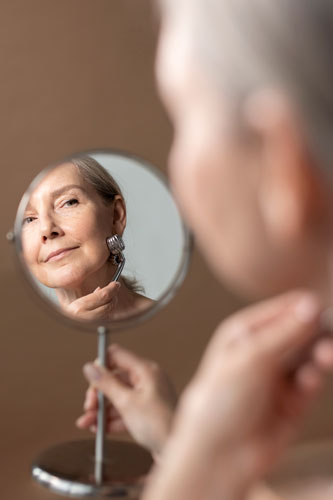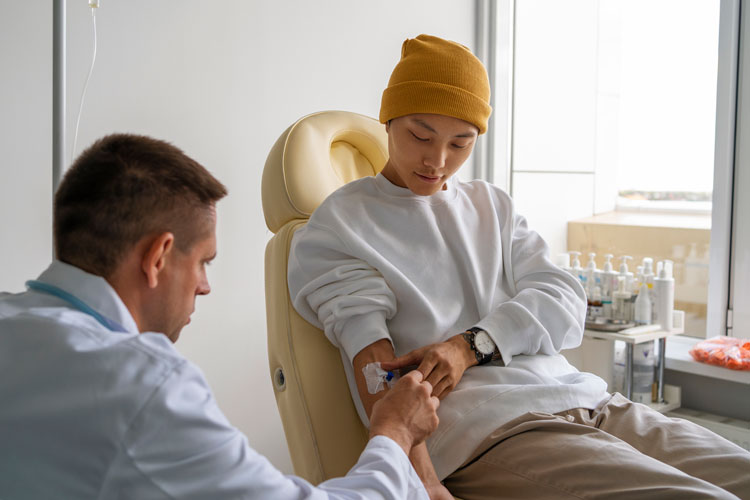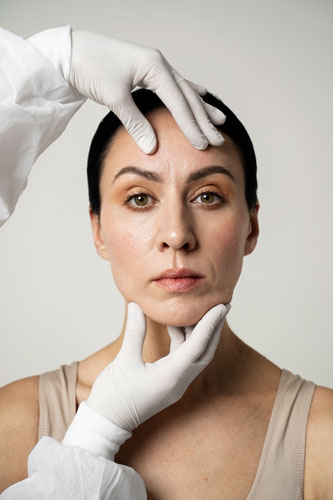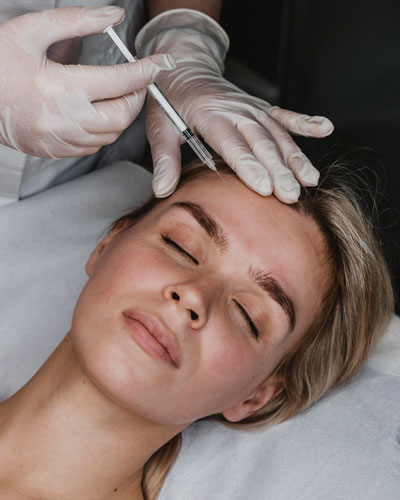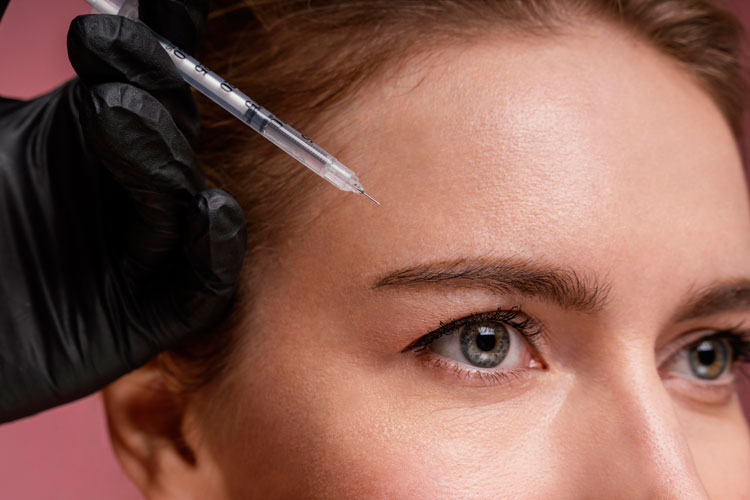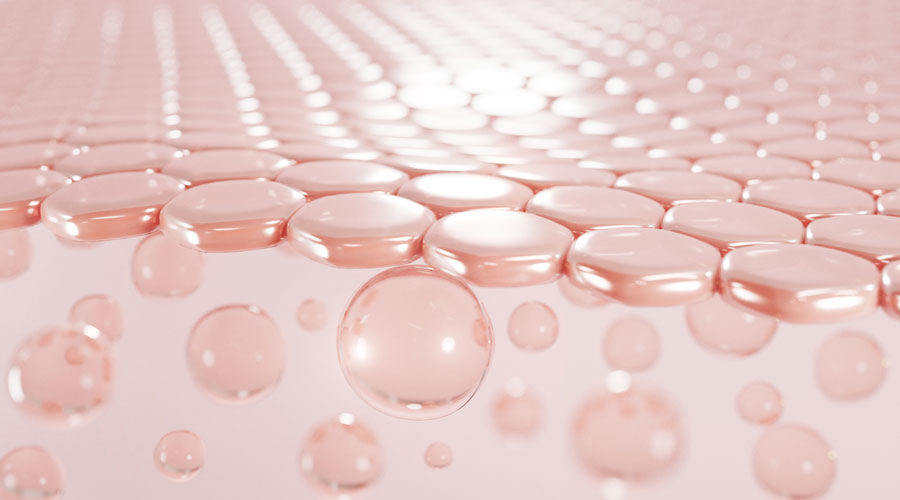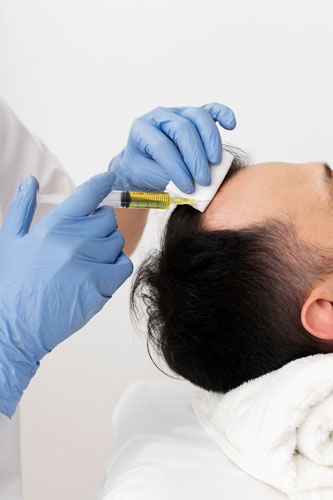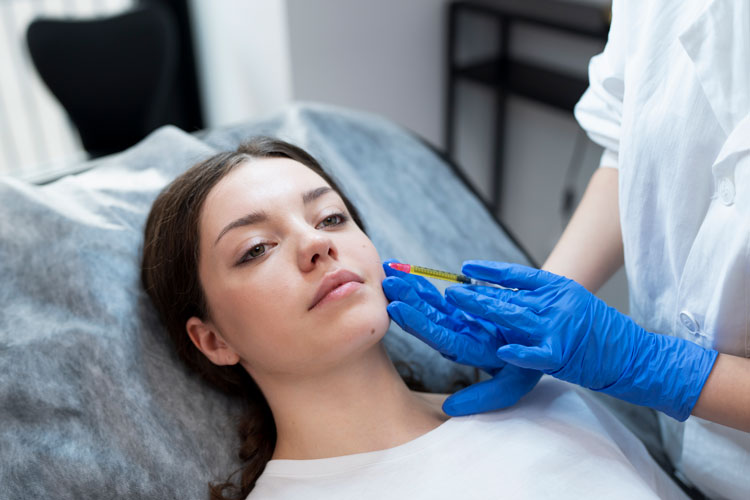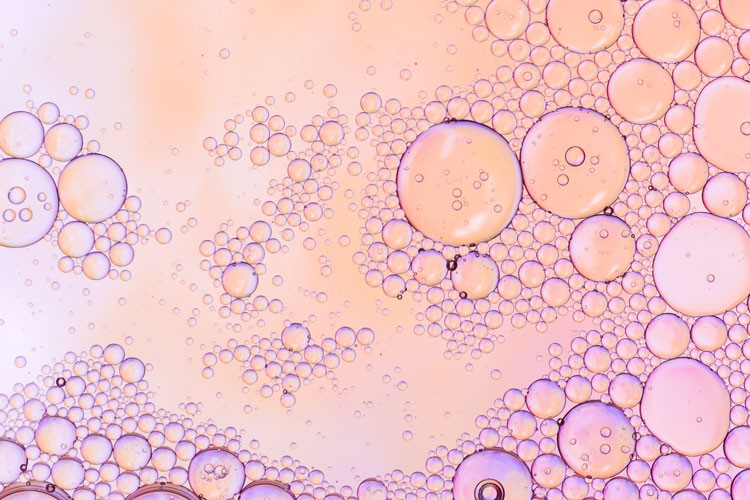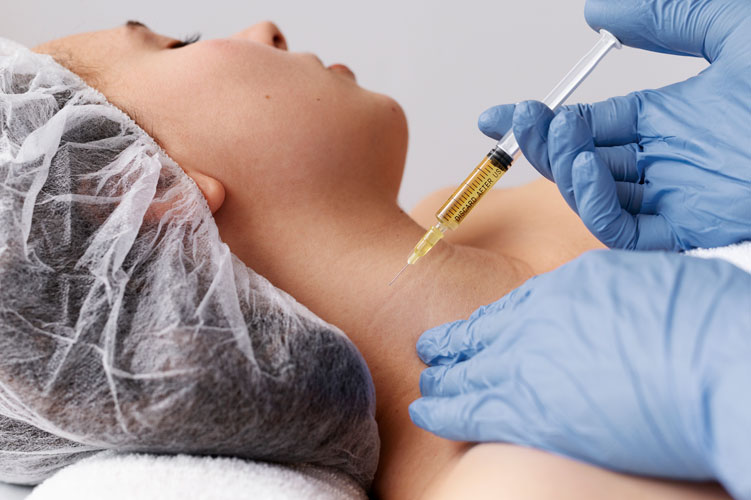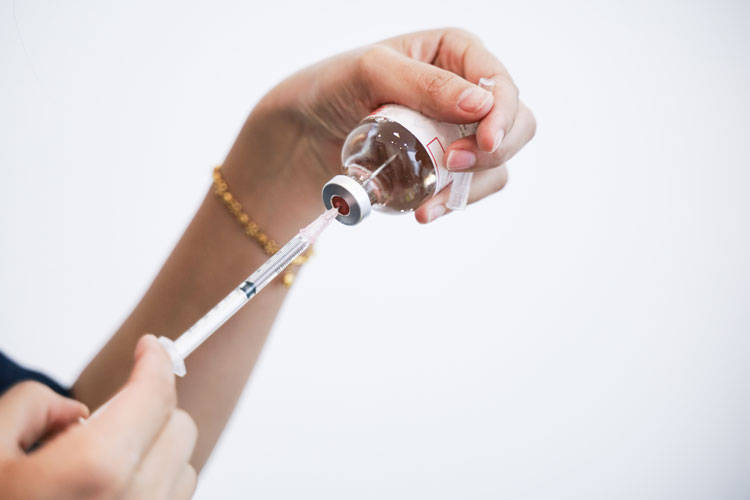Is Low Testosterone Becoming More Common in Younger Men?
Testosterone is the primary male sex hormone, essential for muscle strength, sex drive, sperm production, and overall metabolic health. While testosterone deficiency has historically been associated with older males or middle aged men, recent research shows a downward trend in testosterone levels across the overall population, including young adults.
This shift raises an important question: Is low testosterone (low T) becoming more common in young adult men, and what does it mean for male reproductive health?
What Testosterone Does for Younger Men
Testosterone supports:
- Regulating sperm counts and testicular function
- Supporting sex drive and preventing decreased libido
- Building muscle and maintaining a healthy metabolism
- Supporting the hypothalamic pituitary gonadal axis
- Influencing mood, energy, and mental clarity
Even slight reductions in free testosterone or total testosterone can impact health, performance, and quality of life, especially in younger men who do not expect hormone-related issues.
Are Testosterone Levels Dropping in Younger Men
Several studies, including national health and nutrition examination surveys, suggest a temporal trend of declining testosterone levels in younger men. A systematic review and meta regression analysis published in clinical endocrinology supports that low total testosterone levels are becoming increasingly common, even in those who are otherwise healthy.
These findings indicate that androgen deficiency is no longer a condition seen only in older men. More young adult men are experiencing symptoms earlier, which can impact fertility, long-term health, and daily functioning.
Possible Causes of Low Testosterone in Younger Men
Low testosterone levels in young adults can result from numerous factors affecting the hypothalamic pituitary gonadal axis, testicular function, or hormone transport systems such as sex hormone binding globulin. Common causes include:
Primary Hypogonadism
Occurs when the testes cannot produce enough testosterone. Causes may include:
- Genetic conditions
- Testicular cancer or injury
- Damage from heavy metals or several environmental toxins
Secondary Hypogonadism
Occurs when the pituitary gland or hypothalamus fails to stimulate testosterone production. Causes may include:
- Pituitary inhibition from anabolic steroids
- Chronic illness or underlying conditions
- Stress, obesity, or metabolic syndrome
- Exposure to environmental toxins or endocrine disruptors
Lifestyle and Environmental Factors
Many younger men experience hormonal disruption due to:
- Poor sleep patterns
- Sedentary lifestyle
- Weight gain
- Poor diet and excess alcohol
- High stress, which disrupts pituitary gonadotropin release
These factors can contribute to low T, low libido, and erectile dysfunction, even in otherwise healthy young males.
Symptoms Young Men Should Notice
Testosterone deficiency can show up in many ways, common signs include:
- Decreased libido or changes in sex drive
- Erectile dysfunction
- Low energy, mood changes, or irritability
- Difficulty with weight loss despite effort
- Lower muscle mass and reduced strength
- Difficulty concentrating
- Decline in sperm production or male infertility
Any combination of these signs may indicate low T or androgen deficiency.
How Low Testosterone Is Diagnosed
Diagnosis requires a blood test to measure total testosterone, free testosterone, and sex hormone binding globulin levels. Labs are typically drawn in the morning when t levels are at their natural peak.
If levels fall outside the normal range, further testing may assess pituitary or testicular function to determine whether the issue is primary hypogonadism or secondary hypogonadism.
Treatment Options for Younger Men
At Tucson Wellness MD, we take a comprehensive approach to low testosterone in younger men.
Treatment options may include:
Lifestyle Changes
Addressing weight loss, diet, sleep, and exercise, all essential for natural hormone production.
Testosterone Therapy
For men with confirmed testosterone deficiency, we offer medically supervised testosterone therapy. Options may include:
- Topical gels
- Injectable testosterone
- Oral testosterone therapy (for eligible patients)
Therapy aims to restore t levels, improve sex drive, support strength, and enhance overall wellness.
Monitoring Male Fertility
Because testosterone therapy may reduce sperm counts, we evaluate male reproductive health before treatment. This ensures that young men planning future fertility receive the correct guidance and support.
Addressing Underlying Conditions
Treatment may also focus on managing metabolic syndrome, reducing exposure to environmental toxins, or addressing autoimmune issues that produce excess hormones or disrupt normal hormone function.
The Importance of Professional Care
The Endocrine Society recommends that any therapy for low testosterone be supervised by a qualified healthcare professional. Untreated hormone imbalance can lead to long-term health problems, while improperly managed therapy can further disrupt hormone production.
Support for Younger Men at Tucson Wellness MD
If you’re experiencing symptoms of low T, you’re not alone, and help is available. At Tucson Wellness MD, we provide personalized testing, diagnosis, and treatment to help you restore balance and reclaim vitality.
We evaluate:
- Total and free testosterone
- Sex hormone binding globulin
- Pituitary function
- Underlying metabolic and lifestyle factors
Our goal is to help you feel your best while protecting long-term health, fertility, and hormonal balance.
Take the First Step
If you suspect low testosterone, don’t wait for the symptoms to worsen. Early evaluation can make a significant difference in long-term outcomes.
Visit tucsonwellnessmd.com to schedule a consultation and learn how our team can help you understand your hormone levels and restore vitality at any age.








